With superhero shows exploding across various streaming services and network channels it’s almost hard to believe that a television program based on a comic book character would have been a hard sell, but in the 1970s there were only a few examples and very few worked, there was very successful Wonder Woman series with Linda Carter but that was after the failed attempt with Cathy Lee Crosby, and then there was the rather poorly constructed Amazing Spider-Man show and two failed Captain America pilots but in 1977 the world was also introduced to the dynamic duo of Bill Bixby and Lou Ferrigno in The Incredible Hulk in a series that took the comic book world a little more seriously.
When the head of Universal approached writer/director/producer Kenneth Johnson, the man who brought to the world The Six Million Dollar Man television show, the option of creating another action/adventure series only this time with a Marvel comic book character as the protagonist he wasn’t in the least bit interested, nothing about men in spandex appealed to him, but as he was reading Victor Hugo’s Les Miserable at the time the idea of taking a such a project and ingesting it with a little bit of Victor Hugo and a nice helping of Robert Louis Stevenson’s The Strange Case of Dr. Jekyll and Mr. Hyde you could build it into a nice psychological/drama and it all started to sound a little more intriguing and the rest, as they say, is history.
To say this series diverged from its comic book origins would be a vast understatement as aside from a scientist named Banner being bathed in gamma radiation, resulting in him transforming into a hulking green creature, there isn’t much in this show that can be found in the pages of Marvel Comics. Where the comic book protagonist was a physicist exposed to gamma rays during the testing of a gamma bomb, in this show, David Banner (Bill Bixby) is a medical researcher/physician who has become obsessed with people who have somehow displayed remarkable feats of strength during times of great stress. This obsession stemmed from his own failure to save his wife from a similar incident, an overturned and burning car, and it's his desire to find out why others could find the strength while he couldn’t is what drives him into reckless territories.
If only he had Lou Ferrigno on speed dial.
Banner is joined on his scientific quest for answers by colleague Dr. Elaina Marks (Susan Sullivan), who has secretly been in love with Banner for years, and their frustration over not being able to come up with a common denominator that links the people who have displayed extraordinary feats of strength is finally solved when the examine each of their individual DNA and discover that all of the subjects have an adenine and thymine content that is abnormal, but when they discover Banner has the same abnormality they are, once again, flummoxed as to why he failed to exhibit greater strength while those others could. Lucky for him, or unlucky depending on how you look at it, he eventually makes the connection that on the days that his subjects were able to tap into their dormant inner strength gamma radiation from the Sun was at peak highs, while conversely, on the day he could not save his wife, gamma radiation levels were at an all-time low. Excited but unable to reach his partner with the great news his only obvious solution was to run over to the radiology lab and dose himself with gamma radiation.
Not quite as thrilling as being caught in the blast of a gamma bomb but just as effective.
The origin of the Incredible Hulk was far from the only change that Kenneth Johnson orchestrated within his television adaptation, his creature was far from the immense powerhouse that was his comic book counterpart, wherein in the comics the Hulk could toss tanks with ease, as well as survive a tank shell exploding on his chest, in this small-screen incarnation the Hulk (Lou Ferrigno) could uproot a tree just fine but tossing armoured vehicles through the air was not something you were going to see him perform on a weekly television show. As for his comic book invulnerability, in the pilot episode, he is shot at by a concerned camper but instead of the bullet bouncing off impenetrable green skin he simply heals fast from the wound. Fans of the comic may have found this a tad disappointing but they should feel thankful that not all of Johnson’s changes were allowed. It seems that he had also wanted the Hulk to be coloured red rather than green, his reason for this being that red, not green, is perceived as the colour of rage, and he also thought red was a "human colour" whereas green was not. Lucky for us, Stan Lee firmly stated that this was not something that could be changed because of the Hulk's iconic image and thus he remains a jolly green giant.
Trivia Note: Later in the comics’ long-time nemesis Thunderbolt Ross would voluntarily transform himself into a Red Hulk in the hopes of avenging his dead daughter.
The pilot of this series began with a simple title card stating that “Within each of us, ofttimes, there dwells a mighty and raging fury” and that was a very adept and economical way to set up the basic premise of the show and when watching the pilot to The Incredible Hulk it becomes quite apparent that Kenneth Johnson was not going to give viewers a comic book television series but more grounded one, an emotional journey that would, of course, occasionally be interrupted by a large green monster-bashing through walls. Though it should be noted that we don’t get a lot of Hulk action in this Incredible Hulk movie and aside from intrepid yellow journalist Jack McGee (Jack Colvin), who was this show’s version of Inspector Javert from Les Miserable, there really isn’t really an antagonist for the Hulk to fight in the pilot as his transformations here are mostly caused by his anger fueled by frustration and not from being attacked, the idiot camper being the one exception.
“You and you alone can prevent Hulk transformations.”
For the rest of the series, David Banner would find himself being attacked by a variety of thugs and ne'er-do-well mobsters who are often running protection rackets, yet once Banner was tossed out of sight he would then transform into his giant green alter ego, in a scene that would inevitably have one of the antagonist decrying “Where’d he come from?” but in the case of this pilot movie, the story focused more on the drama of Banner’s guilt over the death of his wife and his burgeoning relationship with Elaina Marks and not so much on comic book heroics, a theme and format that Ken Johnson and Bill Bixby would try and instill into each and every episode. Even the creature itself was given more pathos here as it isn’t simply a rampaging monster yelling “Hulk smash!” in fact, this Hulk never speaks but simply growls, and though this was Lou Ferrigno’s first true acting job his performance here is excellent, and when he holds the dying Elaina in his arms it was a very touching moment.
“David, you’re getting green grease paint all over me.”
Stray Observations:
• Performing an untested and unsupervised experiment on yourself is right out of the mad scientist handbook, which calls into question just what kind of doctor is David Banner?
• The Hulk meeting a little girl by the lake is a nice nod to James Whale’s Frankenstein.
• Banner states that the glass in the windows of the hyperbaric chamber is six inches thick but when the Hulk puts his fist through one it’s clear that they are panes of regular thickness.
• Elaina and Banner talk of trying “X-Ray reversal” to reverse the process but I’m not sure how something like gamma radiation poisoning could be reversed and certainly not by something using X-Rays.
• The laboratory explosion was caused by the reaction of two agents accidentally mixed in the chemical storage room, which any scientist worth his salt would not have stored together which, once again, calls into question the type of people this institute hires.
• For the entire run of the series reporter Jack McGee hunts for the elusive Hulk, the creature being considered responsible for the death of both Dr. Elaina Marks and David Banner, but it was McGee’s trespassing and knocking over of the chemicals that caused the explosion, so he’s the one guilty of at least manslaughter, not the Hulk. Cue a five-year-long ironic manhunt.
• Banner is assumed dead and is given a grave marker next to Elaina’s grave, which is sweet, but wouldn’t it make more sense for him to be “buried” next to his late wife?
How did the funeral home figure out they were a couple?
What this pilot did that was rather unique, as was the case with the series that followed, was that it not only dealt with the dichotomy of man and what that would look like as a physical manifestation, but it also got to tackle some serious issues in the trappings of science fiction, which was not something often found on a network series during that period in time and not really seen since Gene Rodenberry's Star Trek left the air. Another interesting thing about The Incredible Hulk was that it could be as intelligent and dramatic as it needed to be at any given moment and then on a dime, it could turn into a big action-packed fun that would please the younger fans, making it a show that was accessible to all age groups, and sure, the clunky transformations and Lou Ferrigno’s dodgy green makeup can be a little humorous to a modern audience but the stories themselves are timeless and this pilot episode was the first step in taking the genre seriously.
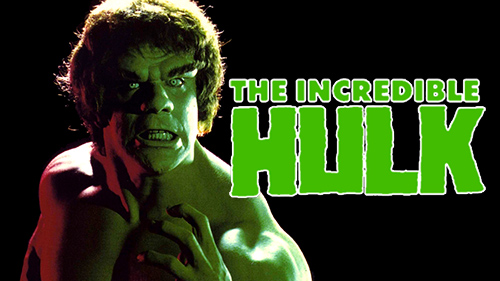
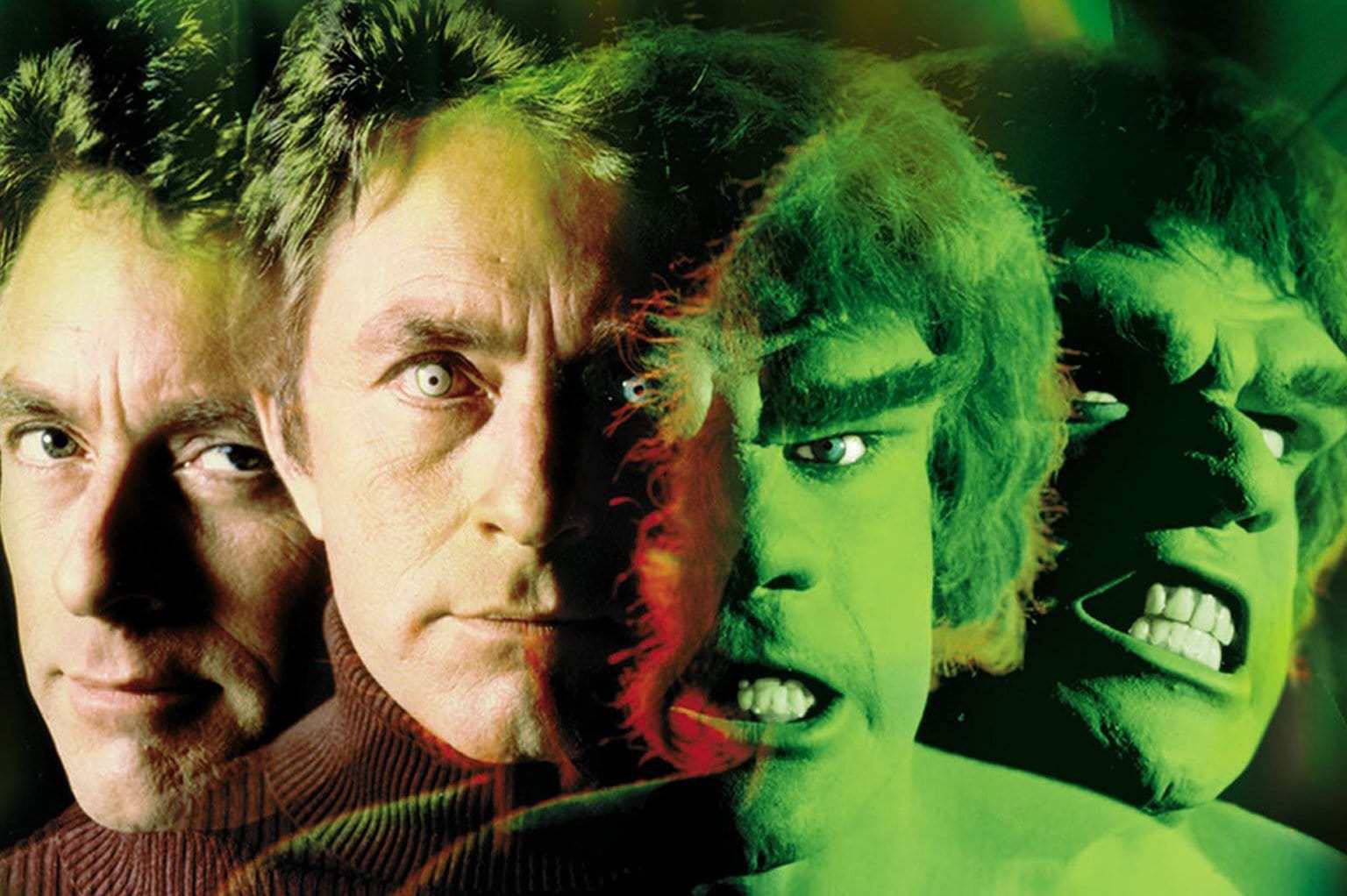
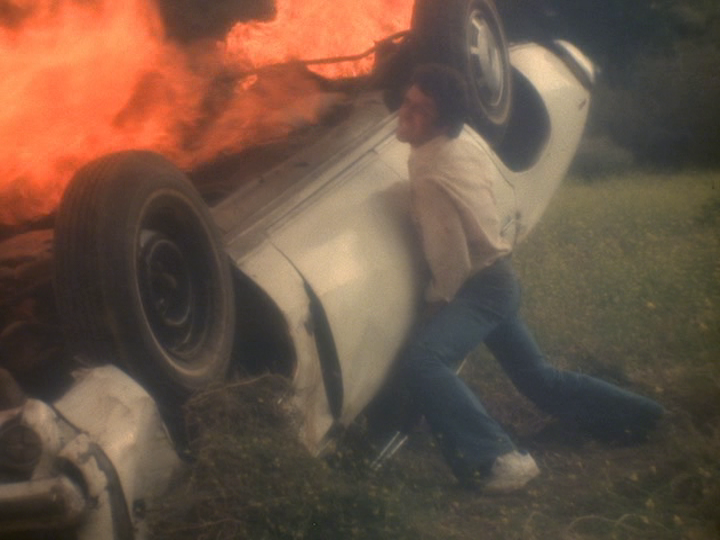
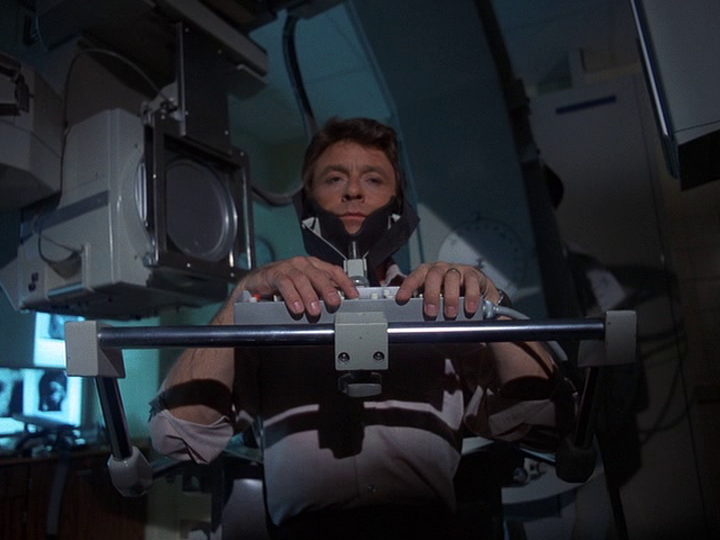
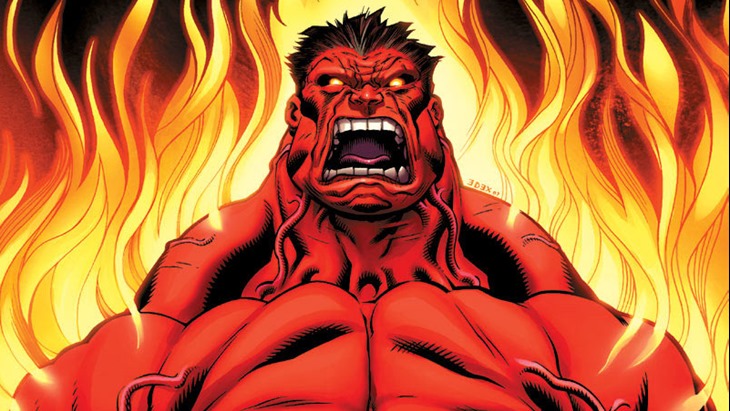
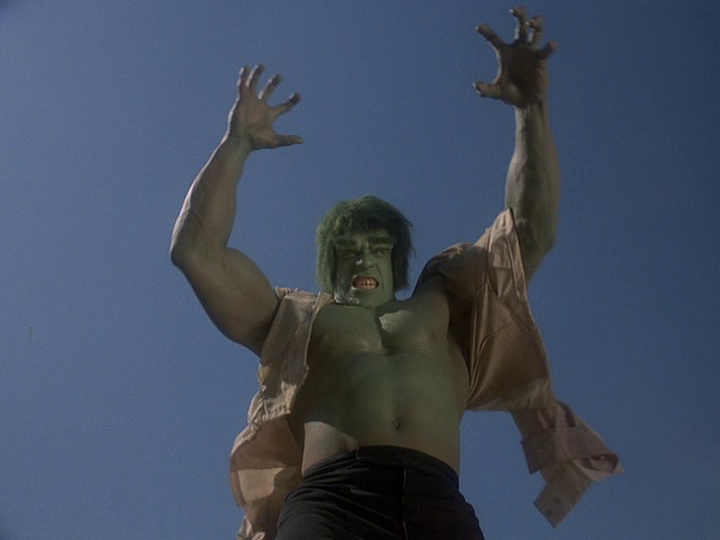
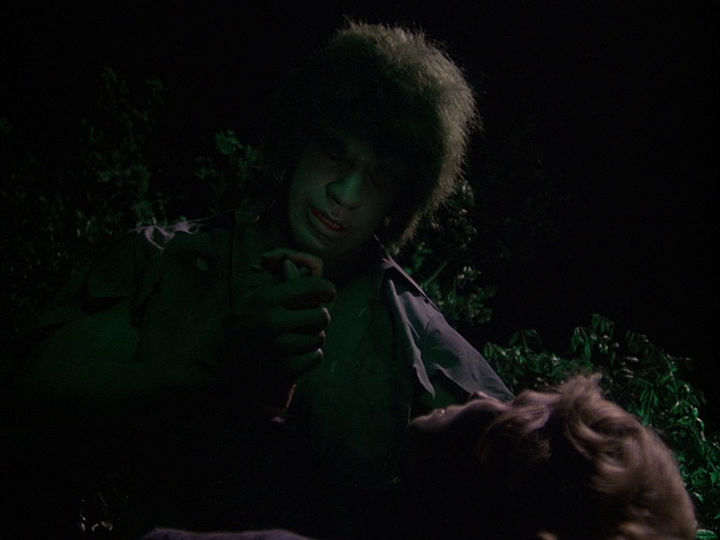
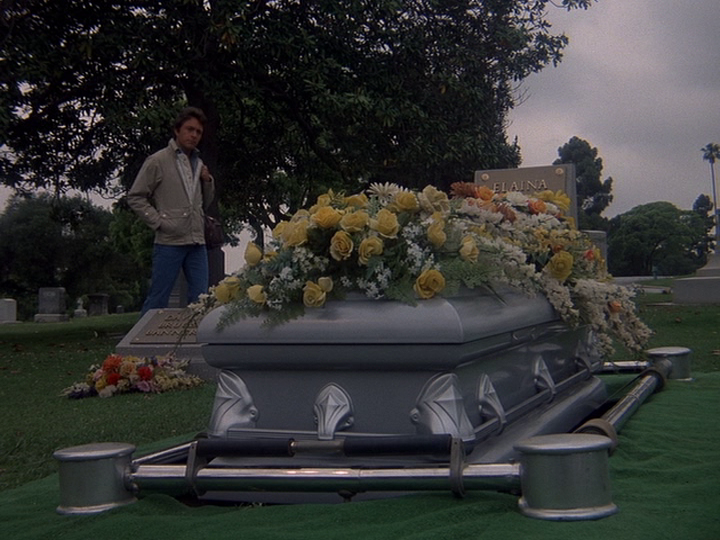


No comments:
Post a Comment